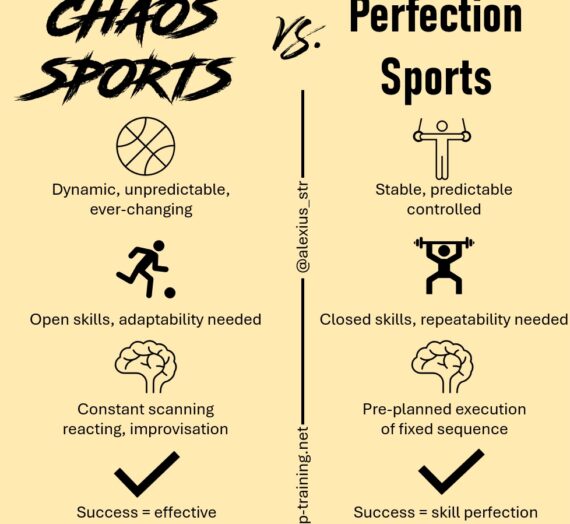What is Relative Intensity?
In a previous post I have described the Repetition-Percentage Chart: It gives you the approximate number of repetitions you can maximally perform at a given percentage of your 1RM (->One Repetition Maximum). You can do 100% of your 1RM for 1 Rep, 95% for 2 Reps etc. (See table below and previous post)

While this table helps you to estimate Repetition-Maxes other than the 1RM; for example the 5RM (->Maximal Weight you can perform 5 Reps with =87% of 1RM) the output is still a maximum, so the effort you must put in for that set (e.g. 5 Reps at 5RM) is still 100%. So: Whether you do 1 Rep at 100%1RM or 5 Reps at 87%1RM(=5RM) you must go all out. While for the single max rep the absolute intensity (%1RM=100%) equals the Relative Intensity (100%Effort) this is not true for the Set of 5 Reps: You work at 87% absolute intensity (%1RM) but still have to go 100% (=Relative Intensity).
Relative intensity describes therefore how hard you perceive a set, and how much effort you have to put into that set. Absolute Intensity is, on the other hand, the % of 1RM you are working at.
Before I show you, why it might matter, lets quickly look at how to calculate the Relative Intensity… What you need is:
1.) Number of Reps you want to perform per Set (*) ->e.g. 5 Reps
2.) The Absolute Intensity: The actual % of 1RM you chose to work at -> e.g. 75%1RM
3.) The maximal %1RM for your Reps ->e.g. 5RM =87%1RM

Why Relative Intensity might be useful?
When you plan a strength cycle, especially for increasing maximal strength, there are two basic ideas that are visible in most successful programs:
I.) Progressive overload (next week will be more demanding than this week)
II.) Inverse relationship of volume and intensity (as intensity increases volume and reps decrease).
Considering Relative Intensity can prevent you from two things: Maxing out to early and having a hidden drop in overall intensity when you lower the Number of Reps.
Have a look at the following examples of a hypothetical 8-Week strength cycle outlines how thinking and planning with Relative Intensity rather than only Absolute Intensity can improve your programming:

While these examples and the post itself is mostly theoretical number-work it can be useful to have the concept of Relative Intensity in mind in planning: When changing up the Set/Rep-Scheme the quick math might help to keep moving forward.
(*) You can use Pirlepin’s chart to find for a guideline on Sets and Reps


